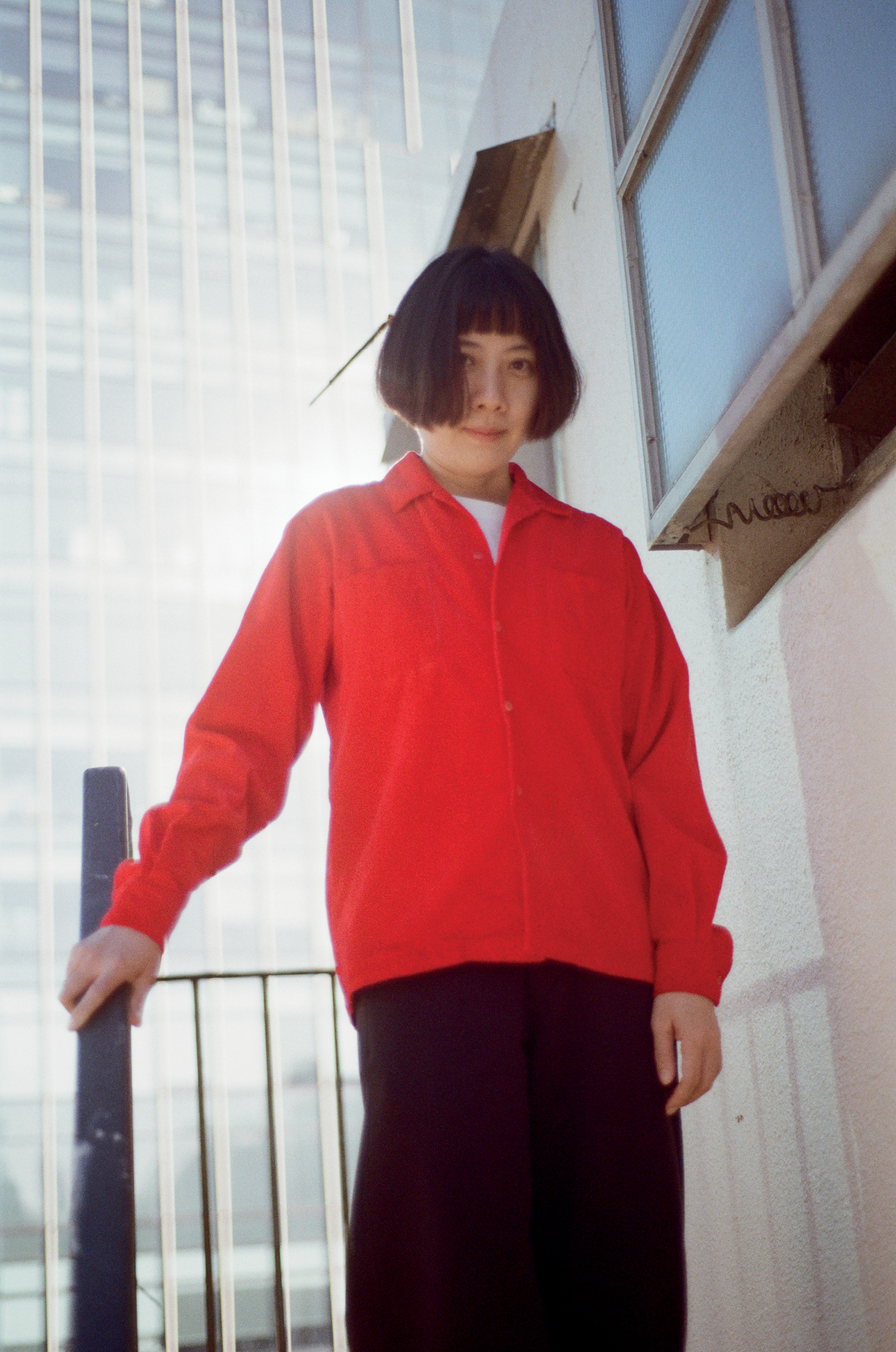Pixy Liao: Through a Lens of Obsession
By OLIVER CLASPER

Portrait of PIXY LIAO. Photo by Oliver Clasper.
For Diane Arbus, it was secretive and perverse. Walker Evans argued that to do it well one has to stare, pry, listen, eavesdrop. For the writer Susan Sontag, it was an aggressive tool of power, a predatory act of appropriation. Photography is, by its very nature, an obsessive medium. Even its vernacular echoes something clandestine, almost shameful, akin to espionage: one shoots, frames, captures, exposes; to photograph is to work with triggers, mirrors, hoods, wires, curtains, shutters, darkrooms, and chemical baths. It is an endless list, a relentless index of image-capturing apparatus that also happens to form the machinery that lies at the very heart of our surveillance technology—first as celluloid film; later, as digital video. Art-making is about obsession, too: with a story, an idea, a memory, a place, an object. For Pixy Liao, it is an obsession at once ethereal (love) and tangible (a person), a fixation marked by the slow passage of time, manifested and mechanically reproduced through the cold black box of the camera; more specifically still, as a collection of staged, performative tableaux of her career-defining series Experimental Relationship (2007– ).
.jpg)







